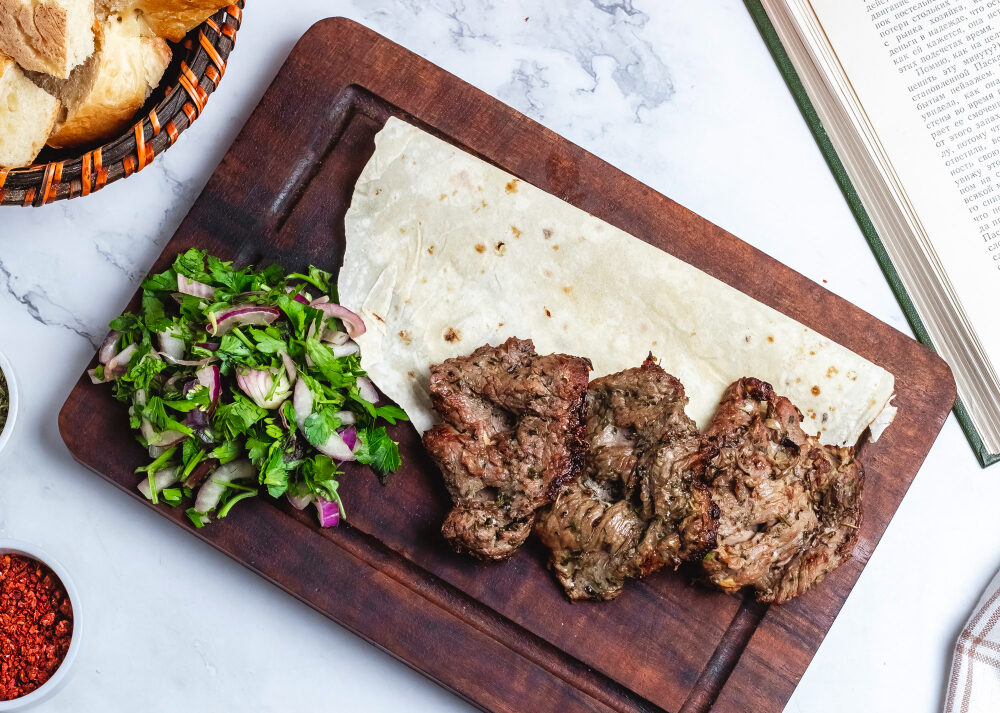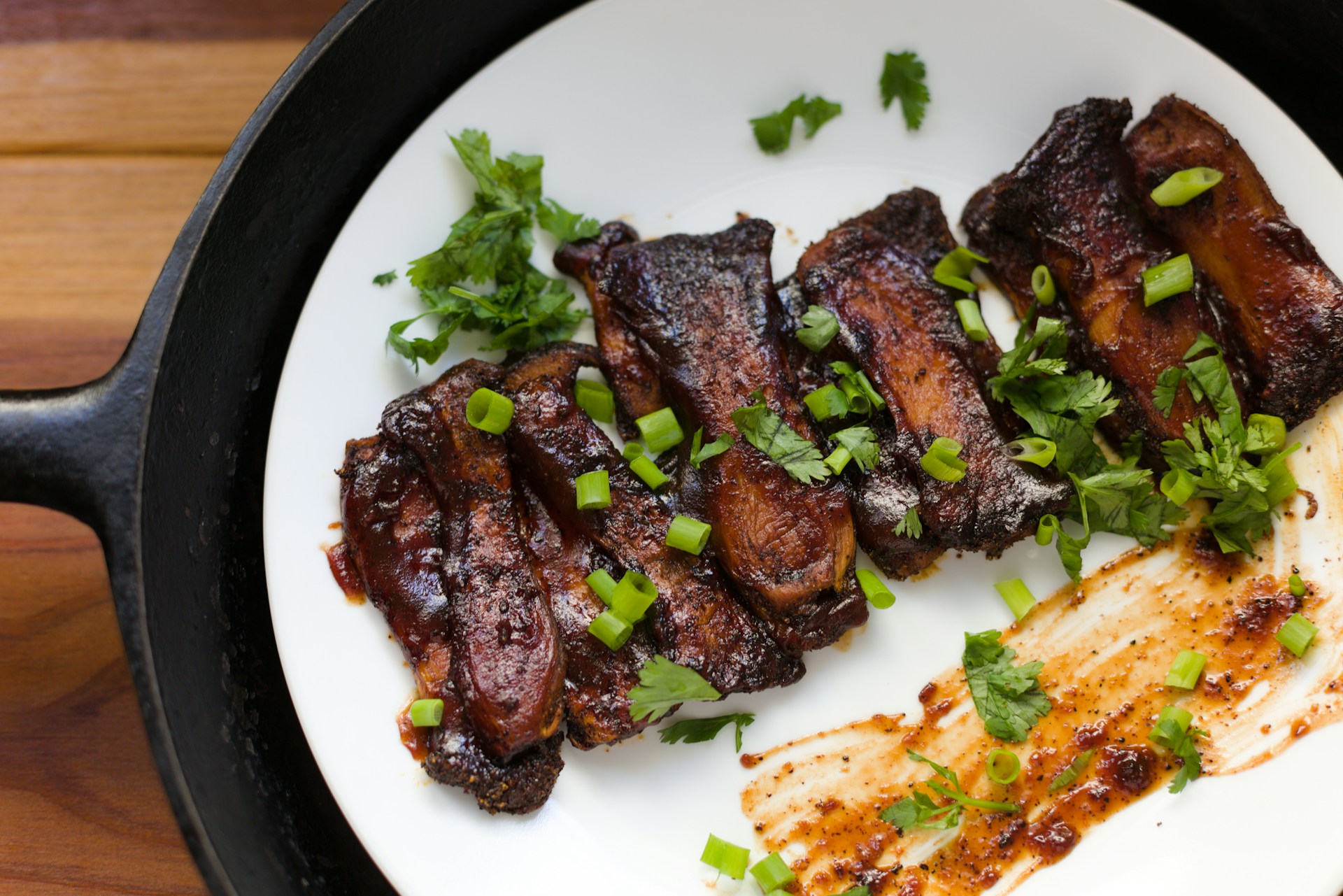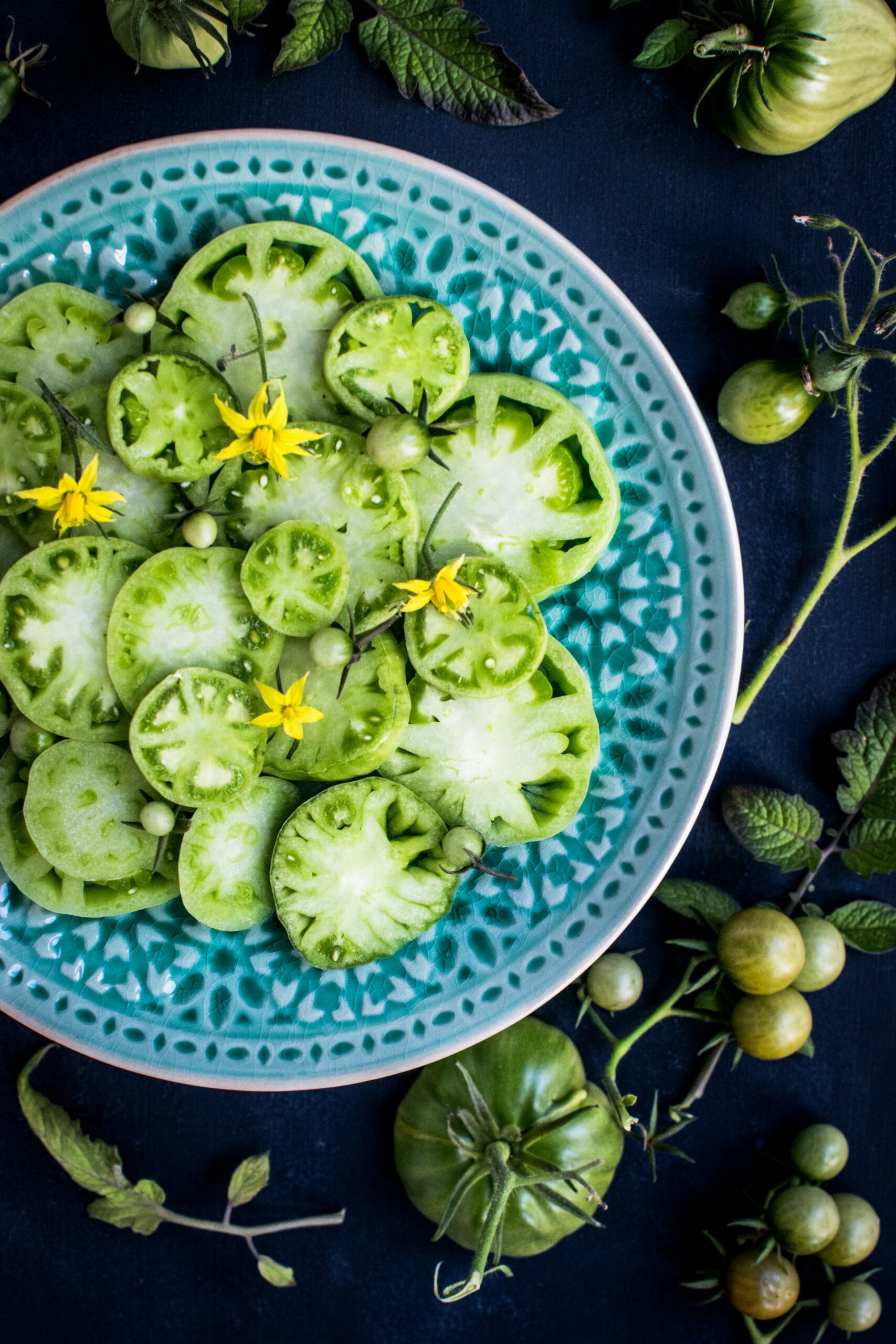There are days when I dedicate my kitchen to exploring the rich flavors of Mexican cuisine—and today is one of those days! On my menu? Cachete meat, a delicacy that many food lovers overlook but which has the power to transform your tacos, stews, and braises into something unforgettable.
If you’ve never tried it, cachete meat (also known as beef cheek) is one of those ingredients that truly embodies the slow-food philosophy: take a humble cut, cook it right, and enjoy a melt-in-your-mouth experience. As a nutritionist and home cook, I love dishes like this because they remind me that healthy and delicious are not mutually exclusive—they can exist beautifully together.
Let’s dive into what cachete meat is, why it’s so beloved in Mexican cooking, and how to prepare it at home for a truly satisfying meal.
What is Cachete Meat?
In Spanish, “cachete” translates to cheek, and in culinary terms, cachete meat usually refers to the cheeks of a cow. It’s a muscle that works hard (think about how often cows chew), which means it’s naturally tougher than tenderloin or ribeye.
But here’s the magic: slow cooking or braising transforms cachete meat into buttery, fork-tender perfection. It’s packed with rich, beefy flavor and becomes incredibly juicy once the collagen breaks down.
In Mexican cuisine, cachete meat is a star in:
-
Tacos de cachete – Soft corn tortillas stuffed with juicy, shredded beef cheek
-
Barbacoa – Traditional slow-cooked meat, often served with salsa, lime, and onions
-
Caldo or stews – Adds deep flavor to soups or consommé
If you’re celebrating Mexican flavors today—like I am—it pairs perfectly with tablitas meat, another staple of flavorful Mexican-style grilling.
Why Cachete Meat Deserves a Spot in Your Kitchen
Here’s why I’m such a fan of cooking with cachete meat:
-
Unmatched Tenderness
When cooked properly, cachete meat literally falls apart with a fork. It’s the ultimate comfort food for taco nights or hearty soups. -
Incredible Flavor
Since it’s a well-used muscle, it has a deep, beefy flavor that outshines many expensive cuts. Slow cooking concentrates this richness. -
Versatile Cooking Options
-
Braised in a Dutch oven
-
Slow-cooked in a crockpot
-
Pressure cooked in an Instant Pot for convenience
-
-
Budget-Friendly
Cachete meat is often cheaper than other cuts, making it perfect for feeding a family or hosting a taco feast without breaking the bank.
Ingredients for Perfect Cachete Meat
To make cachete meat tacos or a flavorful barbacoa, you’ll need:
-
2–3 lbs cachete meat (beef cheeks)
-
1 large onion, halved
-
4 cloves garlic, peeled
-
2 bay leaves
-
1 tsp cumin
-
1 tsp smoked paprika (optional, for depth)
-
1 chipotle pepper in adobo (optional, for heat)
-
Salt and black pepper to taste
-
Beef broth or water, enough to cover the meat
-
Optional: lime, cilantro, and salsa for serving
How to Cook Cachete Meat (Step-by-Step Guide)
Cooking cachete meat is a ritual of patience and payoff. Here’s a fully detailed guide:
1. Trim and Prepare the Beef Cheeks
-
Rinse the meat and pat it dry.
-
Trim any thick silver skin or large fat deposits, leaving a little fat for flavor.
-
Cut into 3–4 inch chunks for more even cooking.
Dietician Tip: Leaving a small amount of fat enhances flavor, but removing large layers keeps the dish lighter.
2. Season the Meat
-
Generously coat the beef cheeks with salt, pepper, cumin, and smoked paprika.
-
Massage the spices into the meat for even flavor.
Optional: Marinate in the fridge for 1–2 hours for deeper seasoning.
3. Choose Your Cooking Method
Slow Cooking (Traditional and Foolproof)
-
Heat a skillet with 1 tbsp oil and sear the beef cheeks on all sides until browned.
-
Transfer to a slow cooker with onion, garlic, bay leaves, and chipotle.
-
Cover with beef broth or water and cook on LOW for 6–8 hours until fork-tender.
Dutch Oven (Classic Braise)
-
Sear beef cheeks in a Dutch oven for 3–4 minutes per side.
-
Add aromatics and enough broth to submerge halfway.
-
Cover and cook at 325°F (160°C) for 3–4 hours, checking occasionally.
Instant Pot (Fast and Flavorful)
-
Sear the meat on sauté mode.
-
Add aromatics and broth, then cook on high pressure for 60 minutes.
-
Natural release for 15 minutes for best texture.
4. Shred and Serve
-
Remove the beef cheeks and shred with two forks—if cooked right, they’ll fall apart effortlessly.
-
Spoon some of the rich cooking liquid over the meat to keep it moist.
-
Serve in warm corn tortillas with lime, cilantro, and salsa for authentic tacos de cachete.
Flavor Variations and Serving Ideas
-
Classic Tacos: With onions, cilantro, salsa verde, and lime.
-
Barbacoa Style: Add dried chilies and slow cook with Mexican spices.
-
Stew or Soup: Keep the broth and add vegetables for a hearty meal.
-
Meal Prep: Cachete meat stores well and gets even better the next day.
Nutritional Breakdown of Cachete Meat
Cachete meat is both hearty and nutrient-dense. Here’s an approximate per 4 oz (113g) serving, cooked:
-
Calories: 240
-
Protein: 24g
-
Fat: 16g
-
Carbs: 0g
-
Iron: 15% DV
-
Zinc: 20% DV
Why It’s Good for You:
-
High Protein: Supports muscle repair and satiety.
-
Collagen-Rich: Promotes joint health and skin elasticity.
-
Iron and Zinc: Essential for energy and immunity.
Dietician Tip:
Balance the richness of cachete meat with fresh salsas, vegetables, and whole-grain tortillas to create a satisfying and nutritious meal.
Common Mistakes to Avoid
-
Rushing the Cook: Collagen needs time to break down.
-
Skipping Aromatics: Onion, garlic, and spices are essential for authentic flavor.
-
Overcrowding Your Pot: Leave room for the heat to circulate.
-
Discarding the Broth: This liquid gold can enrich soups, rice, or even be sipped as a consommé.
Final Thoughts
Cooking cachete meat at home is like uncovering a secret from Mexican kitchens. With time and care, a humble cut becomes a rich, tender, and flavorful star of the table.
If you’re celebrating a Mexican cooking day like I am, pair your cachete tacos with tablitas meat on the grill for a feast that balances textures and flavors. Add fresh salsas, charred vegetables, and maybe a squeeze of lime—and you’ve got a meal that’s as nourishing as it is unforgettable.
Stick around on Fruititian.com for my upcoming tablitas meat guide, and let’s keep celebrating global flavors—without leaving our kitchens!






Leave a Reply